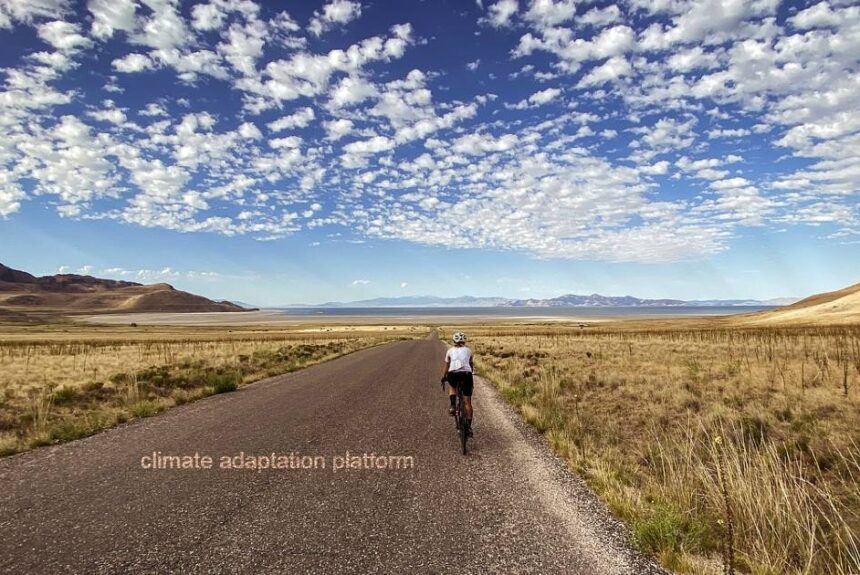Previous studies used atmosphere metrics to assess changing drylands; thus, “incorrect projections” of the water cycle on land.
The article on Carbon Brief describes the study as an alternative way of defining drylands, including plants’ response to rising CO2 levels in the atmosphere. Using this new method, researchers found that climate change will not dramatically change drylands in the next 100 years, contrary to existing research findings.
Researchers say carbon dioxide’s effect on vegetation has long been known, but many studies overlook this fact and examine atmospheric outputs.
Drylands make up 40% of the earth’s total land surface area and refer to deserts, savannas, and shrubland—regions with a dry climate, limited water, and scarce vegetation.
According to researchers, previous studies only used a single metric, the Aridity Index (AI), to define drylands and concluded that it would expand in the future. The Aridity Index (AI) measures atmospheric conditions near the ground and uses this metric to predict future ecosystem changes.
Dr Alexis Berg, research associate at Harvard University and lead author of the study, says, “Because models project the air to become warmer and also drier over many land regions, such studies make claims of potentially dramatic future drylands expansion with global warming.”
However, the study states that AI is an atmosphere-only measure that does not capture the relationship between climate change and land surface processes. It ignores the fact that our ecosystem is changing and adapting to human and natural disturbances.
Existing studies also overlook the increased water-use efficiency in the ecosystem due to increased CO2 concentrations in the atmosphere.
To address this limitation, researchers introduce the ecohydrological index (EI), “a new metric for defining drylands representing vegetation amounts and water-stress levels and capturing the links between plant behaviour and atmospheric CO2 levels.”
The article states, “The key difference between the two indices is that EI captures the relationship between raised CO2 levels and plant behaviour while AI does not.”
Researchers used a climate model simulation under a high carbon emissions scenario under RCP8.5 to compare both metrics. They compared dryland areas using AI and EI from 1971 to 2000 and 2071 to 2100.
Using AI, findings show that dryland will expand by 6% in the next 100 years. Using the EI metric, however, only a slight reduction of 0.7% is found.
The overall finding shows that where AI indicates an expansion of dryland, EI indicates no expansion at all. Where AI suggests no expansion, EI indicates a contraction.
Researchers emphasized that this finding does not question the negative climate change impacts on people and the environment but is only limited to the effects on drylands and as a response to previous studies.
To read the entire study, click the link below:
Sources:
Tandon, A. (2021, March 3). New study challenges finding that climate change will drive dryland expansion. CarbonBrief. Retrieved from https://www.carbonbrief.org/new-study-challenges-finding-that-climate-change-will-drive-dryland-expansion
Berg, A., McColl, K.A. No projected global drylands expansion under greenhouse warming. Nat. Clim. Chang. (2021). https://doi.org/10.1038/s41558-021-01007-8



Leave a Reply